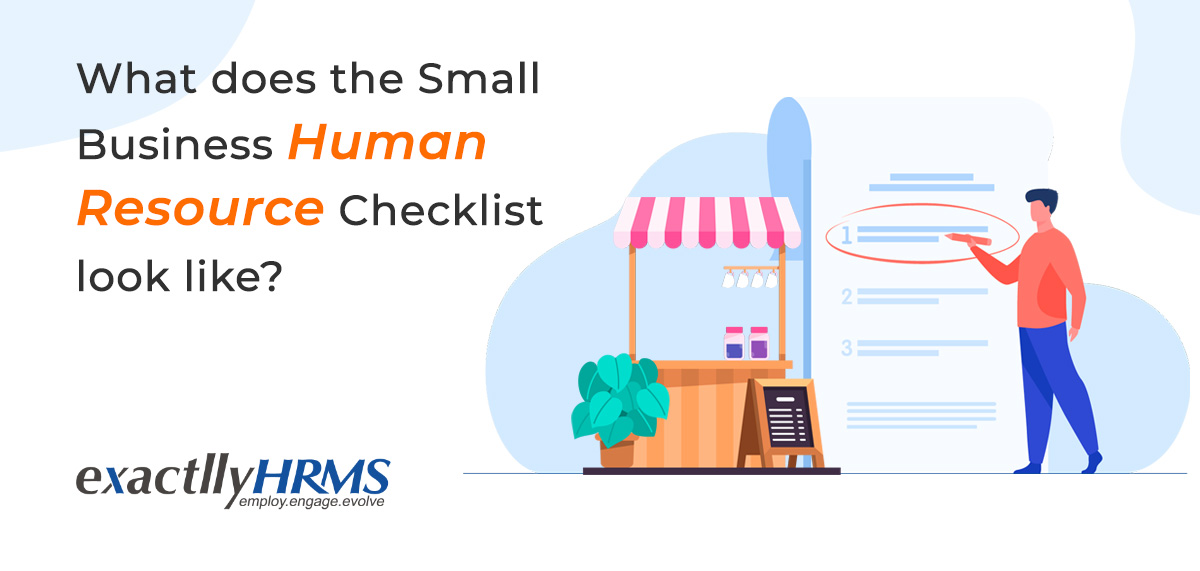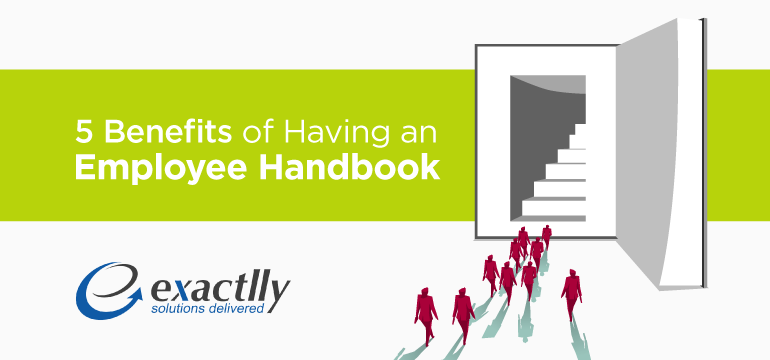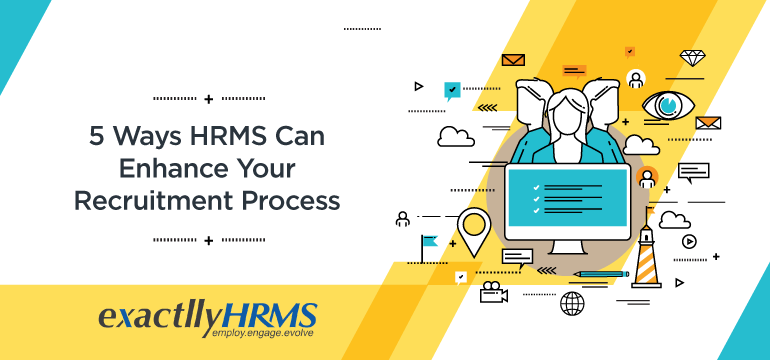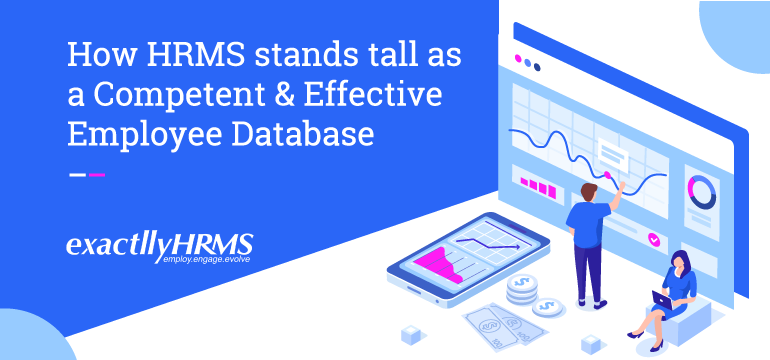5 Tips to Leverage Your HRMS When Onboarding New Employees
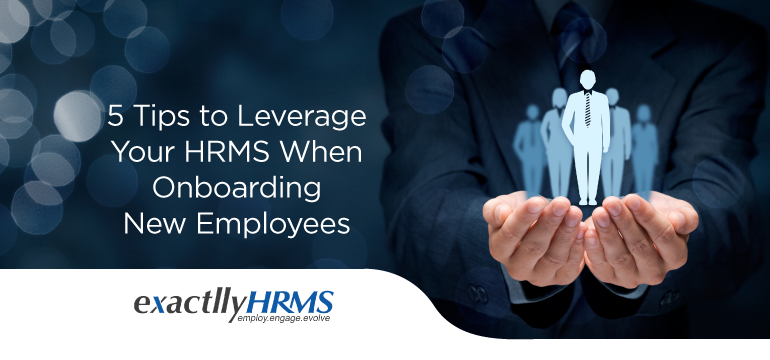
However simple it may sound, the process of onboarding recruits into an organization does not terminate at handing over signed documents and a brief introduction to office personnel. The actual orientation procedure goes on for a much longer period than that. The general norm that must be followed by most modern enterprises should entail leveraging your HRMS into integrating this process within the workings of your software solution.
Overlooked by most hiring managers, onboarding does not get its due when compared to other various business processes. A new hire not only requires a guiding hand to help him thoroughly undergo the induction phase but also demands a streamlined approach to this learning process. In order to grasp the inner mechanics of the organization in its entirety, a fresher must be not only able to understand the transactional, but also the cultural aspect of your operating system.
Here are five tips on how to leverage your HRMS solution to standardize the process of onboarding new employees.
1. Select an Effective Software System:
When investing in an HRMS solution, it might be a good idea to progress along the lines of adding an onboarding tool, while at the same time being careful with regards to choosing the right one in terms of managing and improving the overall onboarding experience. The level to which the elements of an onboarding system succeed in engaging employees directly correlates with the extent to which they commit to their allocated designation within the organization.
Implementing a software solution is tricky and must be evaluated in terms of how the automation process assists in simplifying the induction process. Care must be taken to understand that not all automation is necessarily good and it is important to earmark the problems encountered and agree upon the relevant changes required, prior to taking the decision of investing in the system.
In general, ensuring looking into aspects such as hiring projections, multiple software integration requirements and the type of specifications recommended when comparing quality and quantity of data processing conforms to good practice.

2. Streamline Pre-Boarding Requisites:
Once hired, the process of induction begins almost immediately and continues till the employee gets accustomed to his daily operational engagements. Prior to the commencement of the onboarding phase, new recruits are made to undergo the process of pre-boarding to help stimulate employee interaction and to incite them into looking forward to becoming a part of the organization.
Pre-boarding activities provide the new recruit with meaningful opportunities to get to know the company better. Familiarizing the employee with the procedures and policies of the company through videos and presentations, sending automated welcoming emails which also share the working schedule of the initial days and handing over complimentary company merchandise are a few ways in which pre-boarding is carried out.
Other forms of pre-boarding include carrying out pre-joining meetings either in person or on a video call, assigning an existing employee to process the initial paperwork and enrolling the new recruit into the official database, post-signing the confidential joining agreement.
3. Speed up the Induction Process:
The constant pressure of maintaining high turnover rates has compelled companies to speed up the process of inducting new recruits, so as to involve minimum loss of economic resources. In this regard, it has been observed that the onboarding process plays an important role not only in cutting downtime but also in shaping up the attitude of freshly acquired candidates towards the job.
A streamlined induction process leads to a significant reduction in the adjustment period and creates a positive impact on newly hired personnel. It eradicates the need for classroom inductions and cumbersome form-filling procedures while minimizing repetitive data entry at the same time.
With little or no time between the offer date and the date of joining, the automation of other fundamental formalities eases the workflow, while also reducing the pressure exerted upon the HR and IT departments to fast track their own respective operations to successfully engage new employees.

4. Automate Fundamental Hiring Operations:
Automation has simplified the process of mobile and online hiring by making the process location agnostic. The standardization of content across various hiring platforms has made the experience independent of the need to be physically present, thereby making it the preferred medium for onboarding.
The ease of automation can be felt in ways such as filling of pre-joining paperwork online, coordinating tasks with existing employees, connecting freshers to internal social networking channels, exchanging standard reference materials, connecting to the company’s e-learning modules and accessing relevant job-related guidelines based on company policies.
Apart from this, automation also eases the process of data entry and data transfer, when you efficiently leverage your HRMS to conclude the hiring and onboarding phases. On integrating recruitment with payroll systems, previously entered data can be accessed through the employee database and be used within other accounting operations without having to repeat the task of data entry over and over again.
5. Co-Operate and Educate new Recruits:
While carrying out the process of onboarding by leveraging your HRMS solution simplifies the process due to automation, it does not do complete justice to new hires without co-operation from seniors and previously adjusted colleagues. Communication is key when it comes to acclimatizing freshers to their newly filled positions and it helps develop a level of comfort within the office environment.
Training plays an integral role in forming the level of expectations from an employee in the future. Ensuring that all the relevant information is available to an employee in a structured manner during onboarding, through e-manuals, presentations, e-learning modules and computer-based training programs, is what will make the difference and help lay the required foundation for a reliable and efficient employee.

In conclusion, when approaching from an onboarding point of view, it is advisable to evaluate vendors before settling for a solution that offers it as a standalone feature or as subdivided modules, on the basis of their flexibility and functionalities. Appropriate assessment of the company’s long-term goals and objectives help provide an insight into the requirements of the organization and the most suitable HRMS for setting hiring and induction strategies in place. Wants to know more about exactllyHRMS, feel free to Contact Us and get a Free Demo.

